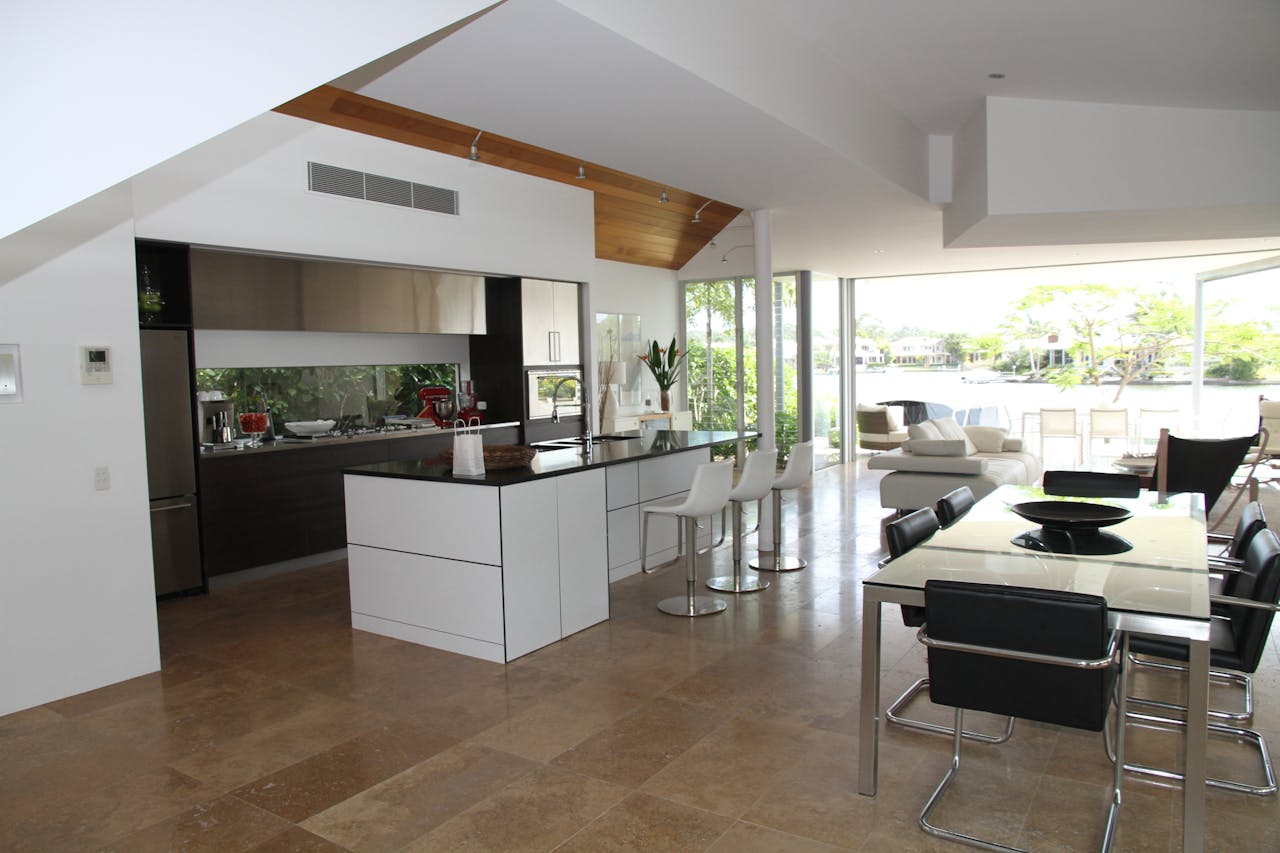Home design in 2026 leans into feeling grounded, expressive, and honest. Spaces are still photogenic, but the priority shifts to how rooms support daily rituals, quiet pauses, and real gatherings. Color grows deeper, materials feel more tactile, and technology steps back so natural light and craft can lead. The result is an atmosphere where objects earn their place, trends bend to real life, and every corner signals calm confidence instead of performance, ease, and a fuller sense of home every day.
Warm Minimalism With Real Texture
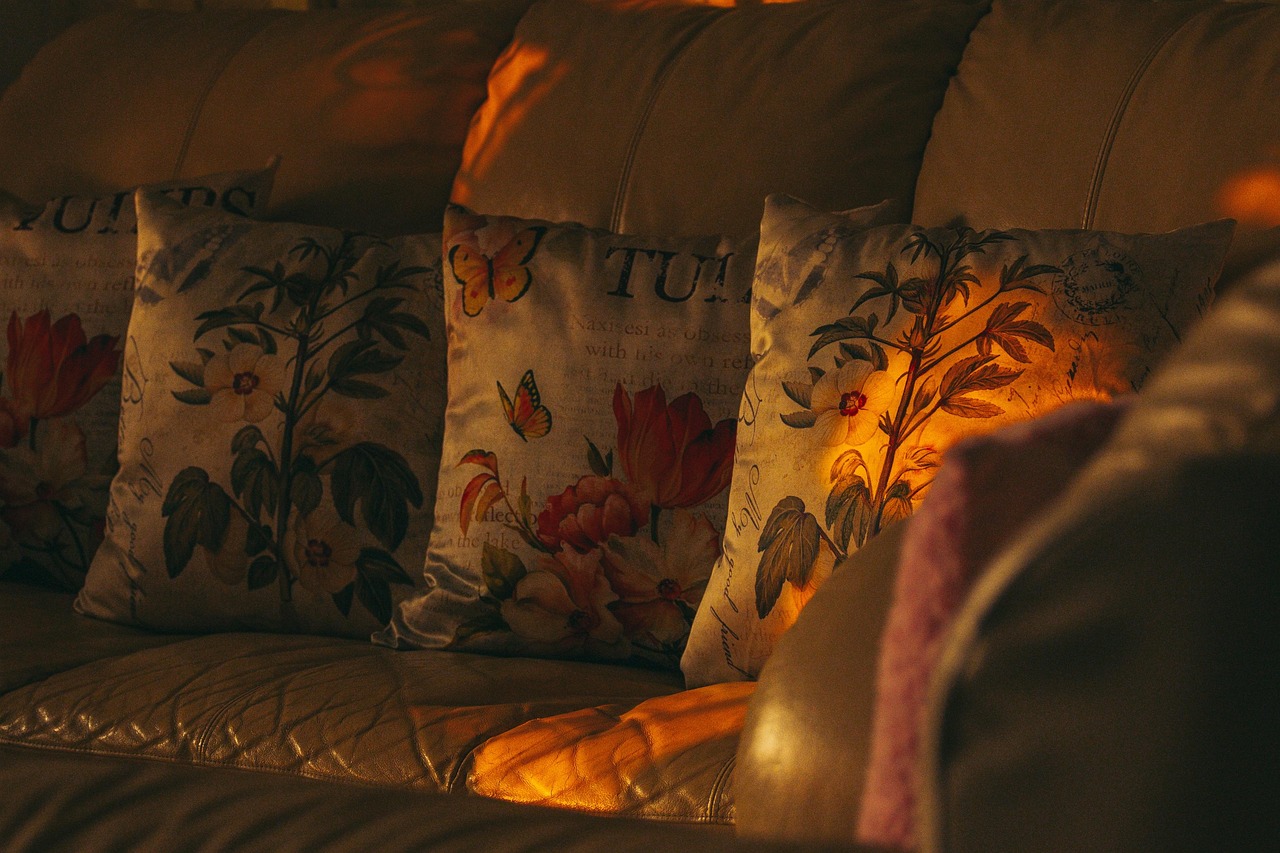
Warm minimalism defines many 2026 homes, trading cold white boxes for calm, edited rooms that still feel alive through light, tactility, and small rituals. Neutral palettes lean creamy, stone, and sand, layered with linen, wool, oak, and plaster instead of clutter and plastic shine, so fewer pieces, better proportions, and honest materials carry the mood day to night while objects stay useful, visible, and easy to live with.
Earthy Vibrancy And Deep Color

Earthy vibrancy takes over from thin greige, with ochre, olive, rust, muddy blue, and plum flowing across walls, trims, built-ins, and textiles. Paired with warm woods, aged metals, and layered lamps, these hues feel modern, grounded, and quietly luxurious, helping compact homes look composed and larger rooms feel cocooned and expressive without slipping into gloom, trend fatigue, or themed color blocking.
Sculptural Lighting As Focal Point
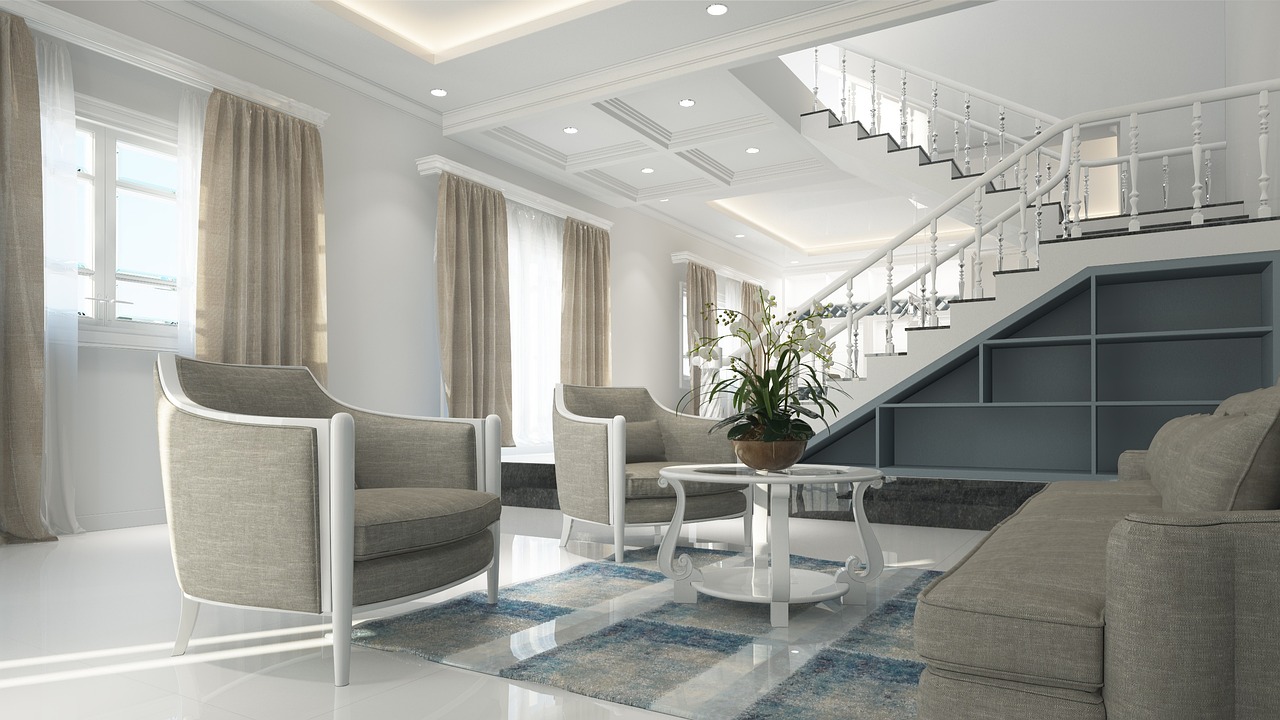
Sculptural lighting steps forward as a primary design move, with curved metal, stone, glass, and fabric shades acting as art that anchors tables, sofas, and long sightlines even when dim. Instead of one harsh source, layered pools of warm light from pendants, floor lamps, and hidden strips guide how each corner functions and feels, keeping faces soft, materials rich, and rooms ready to flip from work to dinner. Good fixtures become investments that outlast smaller trend swings in finishes.
Immersive Biophilic Design
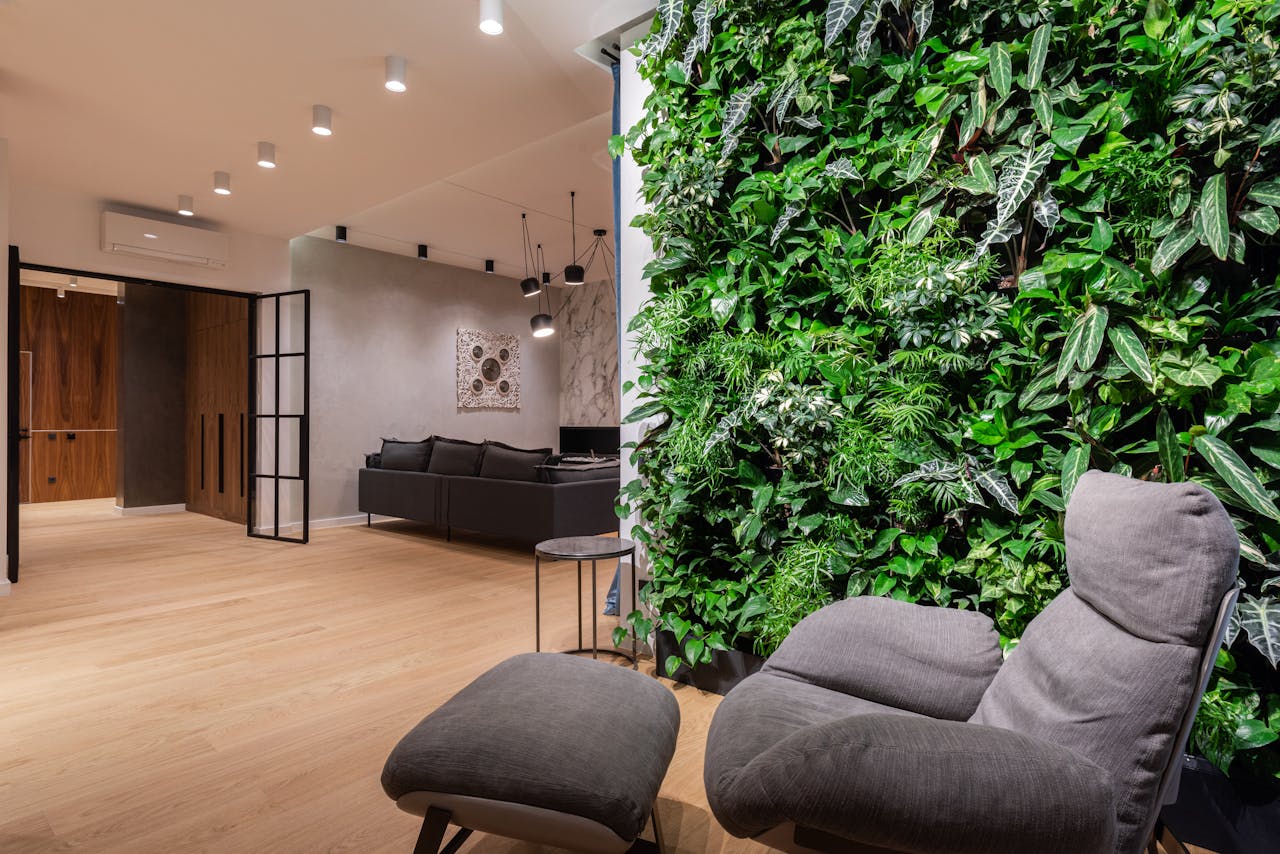
Biophilic design turns structural, not decorative, as larger openings, clerestory windows, courtyards, stone floors, clay finishes, and wood ceilings pull sky and greenery into everyday routines. Sculptural, low-maintenance planting is built into ledges, rails, and joinery instead of scattered pots so nature feels embedded in the shell of the home, quietly improving rest, focus, air, and light across shifting seasons. It feels less like styling and more like a long-term health choice built into the frame.
Cozy Zoning And Room Within A Room
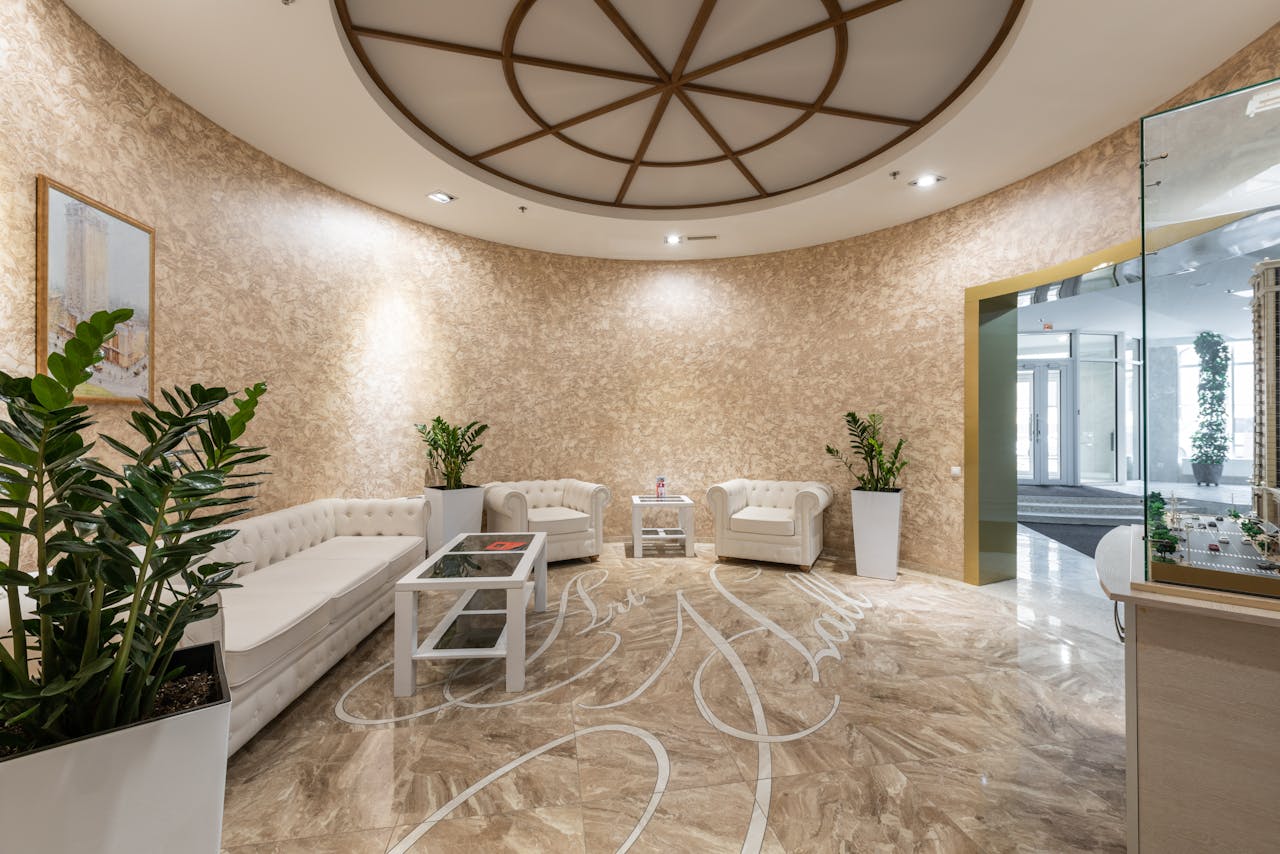
The open plan evolves into softer zoning as households carve out pockets for reading, gaming, stretching, and calls without resorting to heavy walls. Low shelving, curtains, double-sided sofas, folding screens, and subtle floor shifts create room-within-a-room layouts that still share light yet respect sleep schedules, privacy, and different work rhythms so spaces feel lived in, less echoing, and easier to maintain. Rooms start working harder for their people, not for a single wide photo angle.
Vintage, Craft, And Repair Culture

Vintage, craft, and repair culture reshape purchasing, with vintage cabinets, reupholstered chairs, handmade ceramics, forged hardware, and small-batch textiles becoming anchors instead of props. Patina and repaired edges read as proof of care, and mixing eras, finishes, and regional makers gives interiors rhythm and identity while cutting waste, supporting artisans, and resisting fast decor cycles that can make a room feel outdated overnight. Homes gain a sense of patience and continuity that cannot be rushed.
Dark Woods, Stone, And Heirloom Kitchens

Dark woods and expressive stone return to kitchens and dining spaces as long-term commitments, pairing walnut, oak, and ash with quartzite, soapstone, or veined slabs that feel substantial. Furniture-style islands, arches, plinths, and display niches replace endless flat fronts so warm hardware, layered lighting, and concealed appliances can support real cooking and gatherings with the presence of an heirloom workspace instead of a temporary set. The message is clear: this is a room meant to last.
Hidden Tech And Calm Interfaces

Hidden tech keeps homes efficient without hijacking the look, as speakers, routers, and hubs disappear inside millwork and sensors tune light and climate to time, occupancy, and daylight. Screens shrink, slide, or blend into frames so spaces stay tactile and human while automation quietly trims energy waste and visual noise, turning smart features into background support instead of constant digital theater. The smartest homes in 2026 feel calm first, connected second.
Curves, Soft Edges, And Tactile Comfort

Curves and soft edges loosen the grid, with arched openings, rounded corners, generous sofa arms, and pill-shaped tables easing movement through tight and open rooms alike. Plush but tailored textiles in boucle, chenille, velvet, and heavy linen layer over stone and timber so shapes, shadows, and touch work together to lower stress, make each seat feel like an invitation, and keep layouts from feeling rigid. Curved lines sit naturally beside deeper color and low lighting.
Ceilings And Walls As Bold Envelopes

Ceilings and full-height walls become immersive envelopes dressed in paint, limewash, textured plaster, narrow paneling, or quiet murals that extend color beyond a single accent strip. This framing hides flaws, strengthens lines around windows and doors, and lets simpler furniture feel deliberate, giving even compact rooms an architectural finish that holds up in daily life and in photos without piling on extra decor. Enveloping color becomes a tool for character, not a stunt.
Indoor Outdoor Thresholds With Purpose

Indoor-outdoor thresholds gain intention as porches, balconies, stoops, and mudrooms receive benches, hooks, storage, durable stone or tile, and a touch of planting or art. Wider, clearer openings and screened sliders make movement easier to manage so even small apartments claim a brief reset zone at the edge of the home instead of a jumble of bags, boxes, and shoes competing for space. That pause between outside and in makes the rest feel more protected.
Personal Galleries And Memory Corners
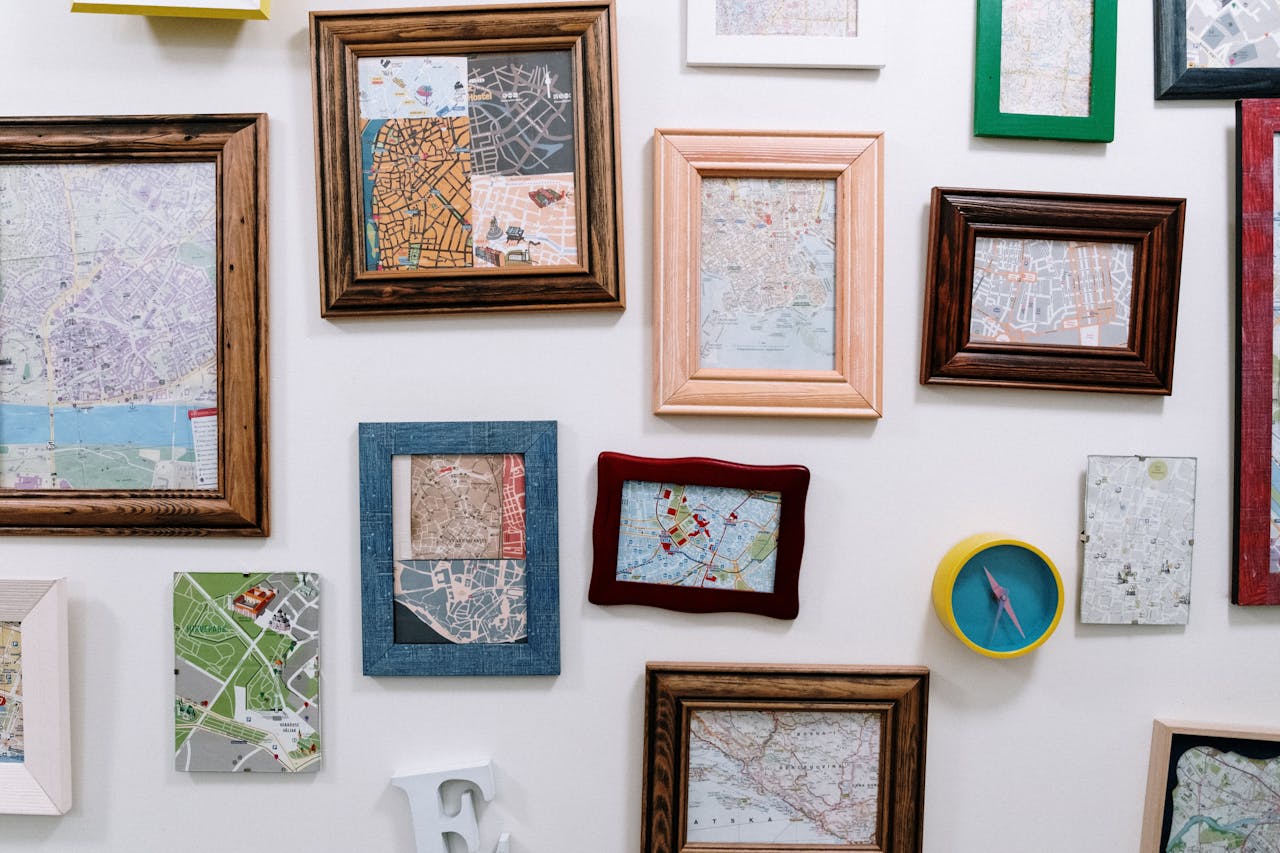
Personal galleries and memory corners replace generic decor, with framed photos, heirlooms, travel finds, books, and local art arranged in tight clusters around a chair, piano, desk, or console. Each vignette reads intentional and calm, turning circulation spaces into story points so the home feels like a lived biography where meaning easily outlasts shifting algorithms, guest trends, and seasonal product drops. It is a quiet luxury rooted in real history, not logos.
